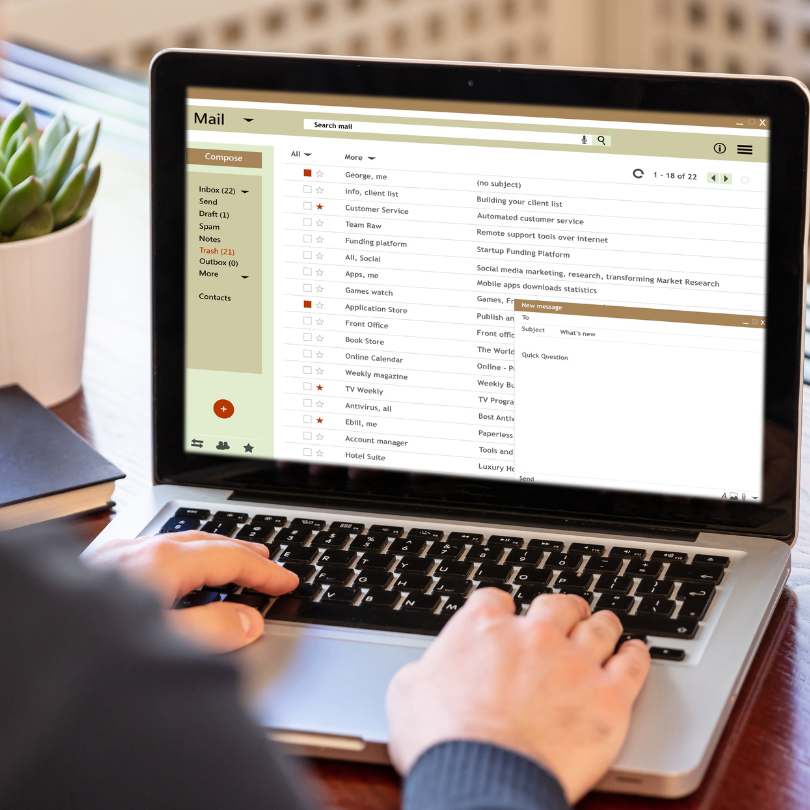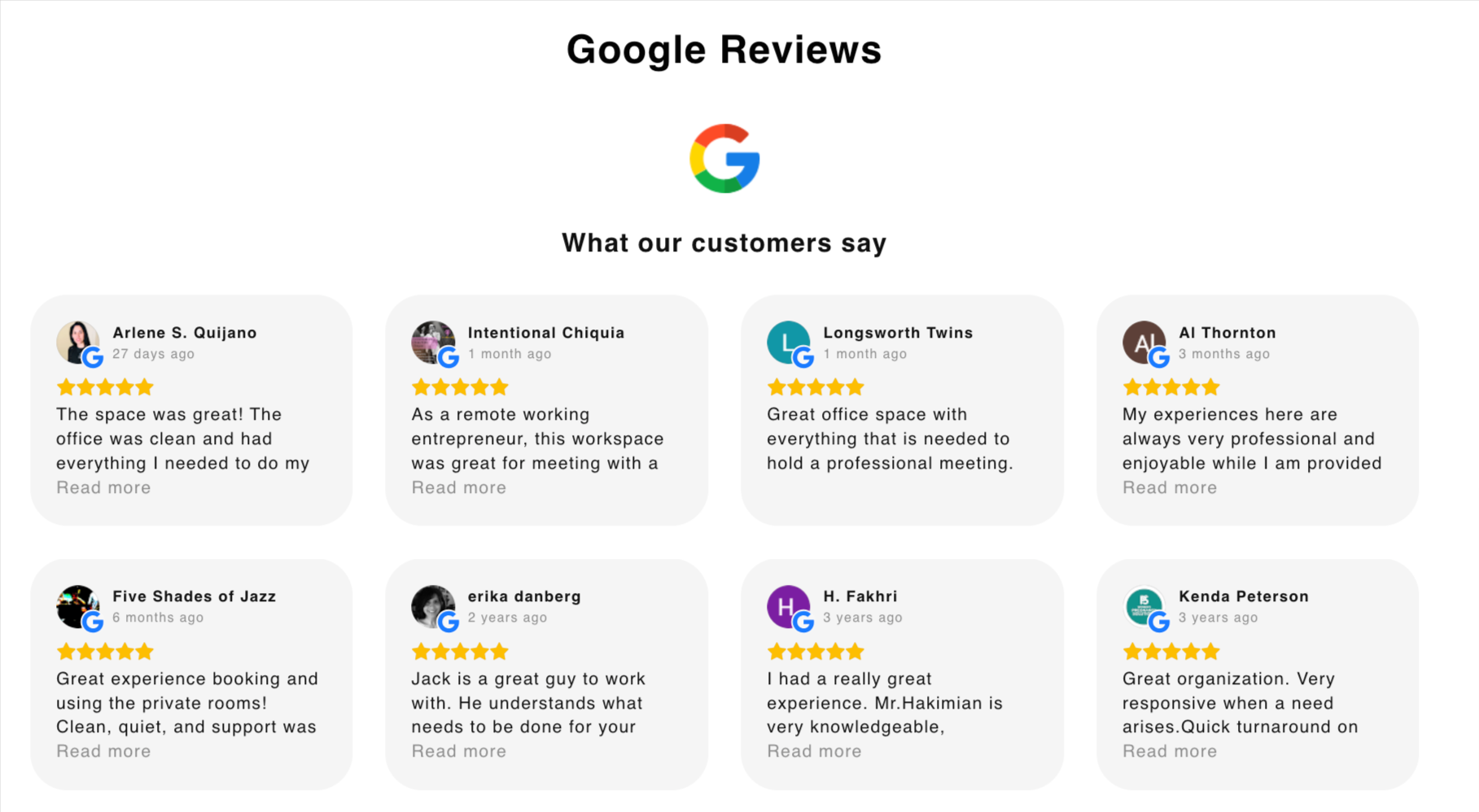Businesses are constantly grappling with the challenge of maintaining and enhancing customer engagement. The dilemma is real; with the ever-evolving consumer preferences and the overwhelming influx of content, keeping customers intrigued and invested is no small feat. Email marketing emerges as a pivotal solution in this scenario, serving as a direct and personalized communication channel between brands and their customers. However, the question remains—how can one leverage email marketing to its full potential to ensure sustained customer engagement?
The problem at hand is multifaceted. On one side, there’s the struggle to create compelling, relevant content that resonates with the audience. On the other, there’s the need to cut through the clutter of the crowded inbox. Additionally, the ever-present challenge of optimizing email marketing campaigns for higher open and click-through rates looms large, with the ultimate goal of converting engagements into tangible results, be it sales, subscriptions, or brand loyalty.
This article delves deep into email marketing, unraveling the intricacies of customer engagement. It provides a comprehensive guide on maximizing the impact of your email campaigns, offering actionable insights and pragmatic solutions to overcome the prevalent challenges. From the significance of personalized content and segmentation to the crucial role of analytics and consistent communication, we will explore many strategies to keep your customers engaged, ensuring your emails not only reach the inbox but also ignite interaction and foster lasting relationships.
Strategizing Email Engagement
Segmenting Email Lists

Segmentation is the meticulous art of dividing email lists into distinct, homogeneous segments, a strategy that is paramount in the realm of email marketing. This approach enables the delivery of highly tailored content to diverse consumer subsets, each with unique preferences, behaviors, and demographics. By discerning these distinct consumer attributes, brands can curate content that resonates profoundly with each segment, fostering heightened engagement and significantly augmenting the probabilities of conversion.
The essence of segmentation lies in its ability to facilitate more personalized and relevant communications, allowing brands to address the specific needs, desires, and pain points of different consumer groups. This refined approach not only enhances the user experience but also elevates the overall efficacy of email marketing campaigns, driving enhanced results and fostering stronger, more meaningful relationships with consumers.
Example:
An online retail store can segment its email list based on purchasing behavior, creating distinct segments such as frequent buyers, occasional buyers, and one-time buyers. For frequent buyers, the store might send emails featuring loyalty programs and exclusive deals to encourage repeat purchases. For occasional buyers, the store might send personalized product recommendations based on past purchases. For one-time buyers, the store might send emails featuring discounts or special offers to re-engage them.
Personalizing Email Content
Personalized email content transcends the superficial insertion of the recipient’s name; it is a sophisticated and meticulous crafting of content that intimately echoes the recipient’s individual preferences, needs, and behaviors. By leveraging advanced data analytics and delving deep into consumer insights, brands can construct compelling narratives that resonate on a personal level, significantly enhancing receptivity and bolstering brand affinity.
This intricate process of personalization necessitates a profound understanding of consumer psychographics and behavioral patterns, enabling brands to create content that is not only relevant but also deeply resonant. The resultant personalized communications serve as powerful catalysts for engagement, fostering a sense of individual connection and enhancing the overall impact of email marketing endeavors.
Example:
A travel agency can leverage personalization by sending tailored travel recommendations to its subscribers. If a subscriber has previously shown interest in beach destinations, the agency can send emails featuring curated content on top beach destinations, travel tips for beach vacations, and exclusive deals on beach resorts.
Timing and Frequency of Emails
The strategic deployment of emails is a crucial component of effective email marketing. It is imperative for brands to discern the optimal times and frequencies for sending emails, meticulously aligning communications with consumer behaviors and preferences. Overcommunication can engender disengagement and annoyance, leading to increased unsubscribe rates, while sparse communications can lead to diminished brand recall and lost opportunities.
A balanced and well-considered approach to email timing and frequency, underpinned by robust analytics and insights, can optimize engagement and sustain consumer interest over time. By understanding consumer preferences and responsiveness, brands can tailor their email schedules to align with consumer behaviors, ensuring that communications are well-received and impactful.
Example:
A fitness app can optimize the timing and frequency of its emails by analyzing user activity data. If the data shows that users are most active in the app during the early morning and evening, the app can schedule its emails to be sent during these times to align with user activity. Additionally, if the app finds that users who receive weekly emails have higher engagement rates compared to those who receive daily emails, it can adjust the email frequency to weekly to avoid overcommunication and optimize engagement.
Emails in the Awareness Stage
Providing Value through Content
In the consideration stage of the customer journey, the emphasis should be on delivering value-driven content that addresses the needs, questions, and pain points of the prospective customers. By proffering insightful solutions, detailed insights, and tangible benefits, brands can robustly fortify their value propositions, fostering heightened consumer confidence and propelling prospective customers closer to the pivotal point of conversion.
Example:
A SaaS company specializing in project management tools can send emails featuring in-depth articles, webinars, and case studies that demonstrate the utility and benefits of their software. For instance, an email could include a comprehensive guide on optimizing workflow using their tool, coupled with real-life examples of companies that have experienced enhanced productivity and efficiency through its utilization.
Building Trust through Testimonials and Reviews

Examples of customer reviews for our company, Globa Presence Marketing
Trust is the foundational linchpin in the intricate tapestry of consumer decision-making. The incorporation of testimonials and reviews within email content can significantly bolster a brand’s credibility, offering tangible, relatable proof of value and efficacy. By showcasing authentic, unfiltered experiences of real users, brands can assuage potential apprehensions and fortify consumer trust, creating a conducive environment for conversion.
Example:
An e-commerce clothing retailer can integrate customer testimonials and reviews in their promotional emails, highlighting the quality and appeal of their products. Featuring images of real customers wearing the products, coupled with their positive experiences and feedback, can provide prospective buyers with authentic, relatable insights, alleviating uncertainties and reinforcing the brand’s reliability and commitment to quality.
Offering Incentives
Incentives are potent catalysts in the consumer decision-making process, serving as powerful motivators that spur actions and decisions. By offering exclusive deals, attractive discounts, and lucrative rewards, brands can substantially enhance the perceived value of their offerings, incentivizing conversions and fostering enduring loyalty.
Example:
A subscription-based meal kit service can leverage incentives by sending emails offering exclusive discounts or additional free meals for the first order placed by new subscribers. Such incentives not only lower the initial barrier to trying the service but also create a sense of exclusivity and value, making the prospective customers feel valued and appreciated, and thereby increasing the likelihood of conversion.
Emails in the Conversion Stage
Creating Urgency
Urgency acts as a potent catalyst within the consumer’s decision-making process, significantly accelerating their journey from contemplation to action. By imbuing communications with time-sensitive offers, countdown timers, and messages of limited availability, brands can expedite conversions, capitalizing on the inherent human proclivity towards scarcity and the fear of missing out (FOMO).
Example:
An online electronics retailer can create urgency by sending emails featuring flash sales with a prominently displayed countdown timer, indicating the limited time left to avail of the offer. Messages such as “Only a few items left!” or “Sale ends in 3 hours!” can incite immediate action, leveraging the consumer’s innate desire to secure a deal before it’s gone, thus driving swift conversions.
Abandoned Cart Emails
Abandoned cart emails are pivotal components in the conversion strategy, serving as gentle, persuasive reminders nudging consumers towards transaction completion. By meticulously addressing potential barriers, resolving queries, and offering solutions or incentives, these emails can recuperate lost opportunities, optimizing conversion rates and reclaiming potential revenue.
Example:
A beauty products e-commerce store can deploy abandoned cart emails featuring the products left in the cart along with customer reviews and ratings for those products. Including a limited-time discount code or a bonus product as an incentive can further entice the customer to complete the purchase. Addressing common concerns like shipping costs or return policies within the email can also alleviate reservations and smoothen the path to conversion.

Simplifying the Purchase Process
A seamless, frictionless purchase process is indispensable in securing conversions. By minimizing barriers, optimizing navigation, streamlining checkout procedures, and ensuring robust security, brands can facilitate smooth transactions, enhancing user experiences, and maximizing the probabilities of conversion.
Example:
An online bookstore can simplify the purchase process by offering a one-click purchase option, reducing the number of steps required to complete a purchase. Providing multiple payment options, clear pricing, and transparent shipping costs can further enhance the user experience. Additionally, displaying security badges and offering easy access to customer support can instill confidence and assuage any security concerns, ensuring a hassle-free transaction.
Post-Purchase Email Strategies
Seeking Feedback and Reviews
Post-purchase, the act of soliciting feedback and reviews is not merely a procedural step; it is a pivotal strategy. It furnishes invaluable insights into consumer preferences, experiences, and expectations, allowing brands to refine their offerings and enhance their services. More importantly, it fortifies consumer relationships by demonstrating a genuine value for consumer opinions, thereby enhancing overall satisfaction and cultivating enduring loyalty.
Example:
A restaurant can send a follow-up email to customers who have dined in, asking them to share their experiences and give reviews on platforms like Yelp or TripAdvisor. By providing a direct link to the review platform and possibly offering a small incentive like a discount on the next visit for leaving a review, the restaurant not only gathers valuable feedback but also strengthens its relationship with the customers, showing appreciation for their opinions.
Offering Exclusive Deals and Loyalty Programs
Loyalty programs and exclusive deals are instrumental in augmenting consumer retention and fostering sustained engagement. By rewarding loyalty with exclusive perks, rewards, and personalized deals, brands can engender a profound sense of belonging and appreciation among consumers. This strategy enhances consumer affinity towards the brand and encourages repeat purchases and long-term allegiance.
Example:
A fashion retail brand can introduce a loyalty program where customers earn points for every purchase, which can be redeemed for discounts or exclusive merchandise. Sending personalized emails to customers with their points balance and information on exclusive members-only deals or early access to sales can make customers feel valued and appreciated, motivating them to continue their patronage.
Encouraging Referrals
Referrals are invaluable assets in brand propagation, serving as organic, credible conduits for brand expansion and credibility enhancement. By incentivizing referrals, brands can leverage existing consumer networks effectively, expanding their reach and fortifying their market presence through authentic, word-of-mouth endorsements.
Example:
A fitness app can implement a referral program where existing users are encouraged to refer the app to friends and family. For every successful referral that leads to a new subscription, the referring user could receive benefits like a free subscription month or access to exclusive content. This approach expands the app’s user base through trusted recommendations and reinforces the relationship with existing users by rewarding their advocacy.
Conclusion
In conclusion, the strategic utilization of email throughout the customer journey is paramount, serving as a versatile tool to optimize consumer interactions and enhance brand affinity. Continuous improvement and experimentation with diverse strategies are crucial to adapt to evolving consumer needs and preferences, ensuring sustained relevance and success in the dynamic digital landscape.




